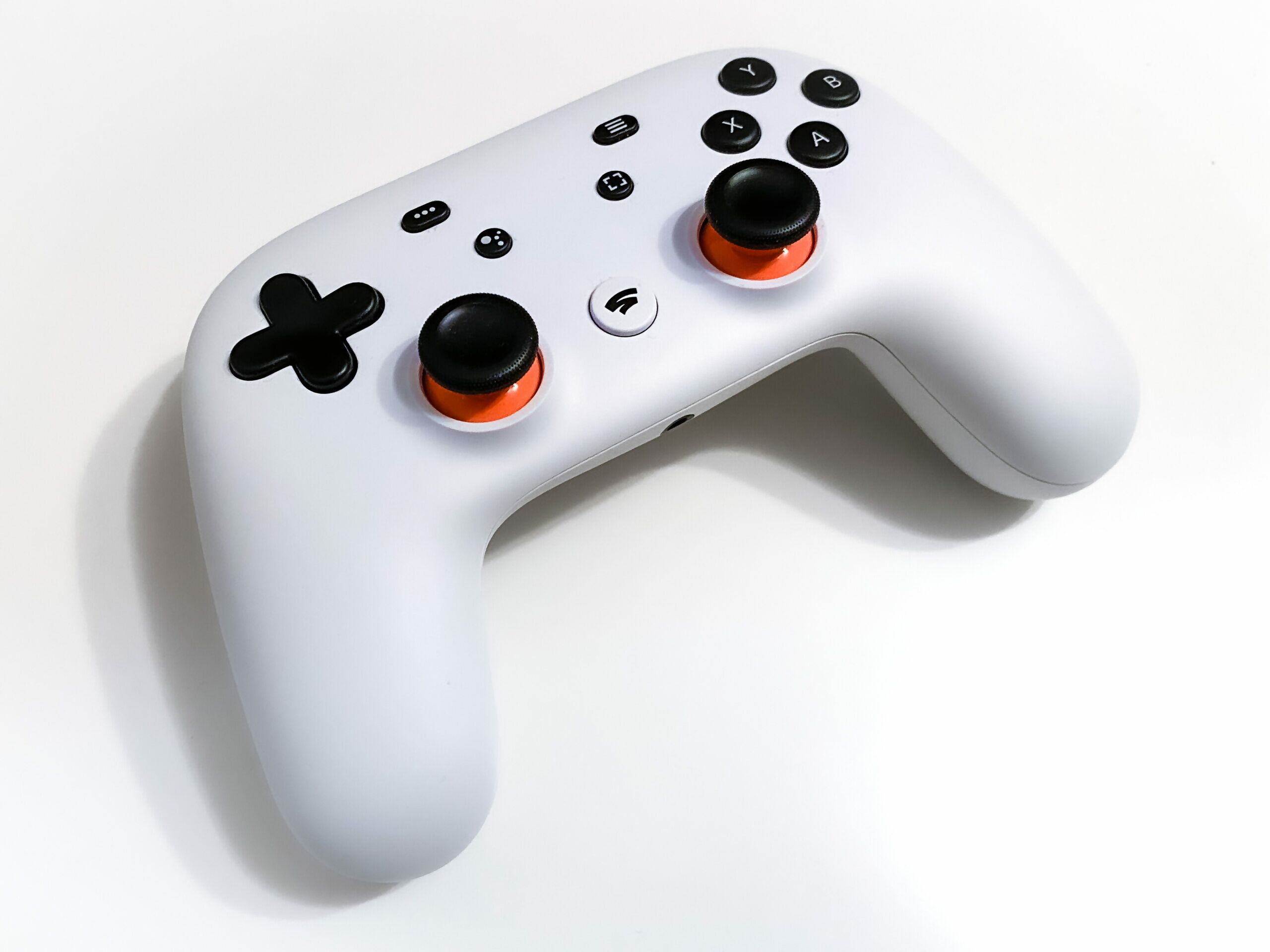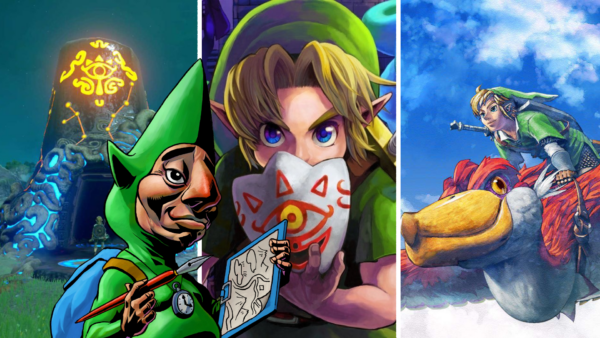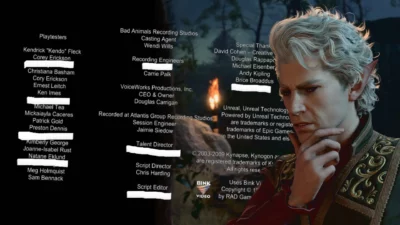
Stadia may have failed, but that doesn’t mean cloud-based gaming is a bad idea. In a cost-of-living crisis, the tech could make all the difference to less wealthy gamers, Vikki writes.
On paper, Stadia should have worked. On paper, I still think Stadia could work. A huge library of the latest and greatest games? Instant access to that library, stuffed with games you never need to install or update? The ability to play on any screen in your home, without having to relocate consoles and wires? Are you kidding me? Of course I signed up. Yes, I scrambled for a Founder’s Edition the moment they went on sale. Yeah, yeah – the joke’s on me.
It’s not that I was shocked when Google pulled the plug on its cloud streaming service – let’s face it: no one was. But I will admit that I was a little gutted. Sure, after the first week or two I barely played it. Yes, its subscription service was a tad pricey and not particularly generous when viewed alongside similar offerings from Xbox and Sony, and because of my fairly lacklustre fibre, my playthrough of Gylt – one of Stadia’s only exclusives at the time – was occasionally impacted by rubberbanding and disconnection issues. But honestly, I think I loved the idea of Stadia more than the service itself, and for that reason alone, I was happy to be an early adopter and support it in its early days.
I certainly didn’t think we’d be dissecting its demise a scant three years later. And it’s with considerable dismay that I read this week that Phil Harrison – former Google VP and general manager of Stadia – has also left the building.
The writing was on the wall. We figured things were grim when Google unceremoniously shuttered Stadia Games & Entertainment division in 2021, essentially dismembering its first-party capabilities and casting adrift much of the talent it had invested a lot of time and money in wooing. Stadia was in its death throes months before the official announcement, yes, but Harrison’s departure really feels like the final nail.
Because if Google couldn’t make cloud gaming work, who can? The megacorp has made a lot of missteps, sure – not least by way of its secondhand-embarrassment-inducing marketing which likened Stadia to electric air, whatever the heck that is – but in the same breath as announcing Stadia’s imminent closure, Harrison told us the technology that supported Stadia’s streaming capabilities would be shared with Google’s “industry partners”. Eventually, though, we found out that that plan too was axed when Google decided “not to move forward” with Stadia. It’s hard to shake the feeling that we’re doomed to forever re-live this cycle, over and over again, like some stuttering, rubberbanding Groundhog Day. If the industry doesn’t collectively learn from Stadia’s mistakes – and OnLive’s before it, of course – how can the next valiant contender ever expect to avoid them?
There are still other companies out there, fighting the cloud-gaming fight, of course. Xbox is still committed. NVIDIA’s GeForce NOW is still around, but – perhaps crucially – that service enables you to stream games you already own on PC, which means even if the service shuts down tomorrow, you won’t lose access to your library. It’s also available for free – I mean, you don’t get the fancy servers and have to restart your “session” every 60 minutes, but hey, free is free. But no matter what tier you sign up to, you’ll get access to “just” 1,500-ish of Steam’s 50,000 titles, and there’s no handy free-to-play library, either.
At the end of the day, we can only speculate on why Google Stadia failed. Were its games too expensive? Its tech too new? Is it something that we just don’t have the wireless infrastructure yet to sustain? Possibly some of the above; maybe all of the above. I know this impacts our friends overseas more than here in the UK, but there’s no doubt that the strength, speed, and reliability of your internet connection will impact your enthusiasm for these kinds of always-on systems.
But in the midst of a cost-of-living crisis where people can’t turn on the heating, let alone charge up all that fancy “electric air”, gaming feels more and more like an exclusive hobby that fewer and fewer people can afford. And that’s why I love the idea of hardware-free gaming; the ability to game without any of the initial outlay that comes with buying the console or rig, controllers, and headphones – you know, the small fortune you have to spend before you’ve bought a single (£70, perhaps) game.
Cloud gaming feels like it could be so much more accessible for people who don’t have the money to fork out on multiple console systems or high-end PCs for themselves (or their kids; it can get stupidly expensive stupidly quickly if you have two or more). Add in a subscription service that offers immediate access to a huge range of games, and we’re instantly making gaming so much more affordable.
That, to me, is the saddest thing about the demise of Stadia. Sure, you may not have fancied it if you already have the latest console or a super-slinky PC, but for some, Google’s streaming service may have made gaming attainable, perhaps for the very first time for some. How sad it is, then, that Stadia’s failure impacted those players far more than even Google itself.
Vikki Blake has a column every week here at whynow Gaming. You can read her last dispatch here.





